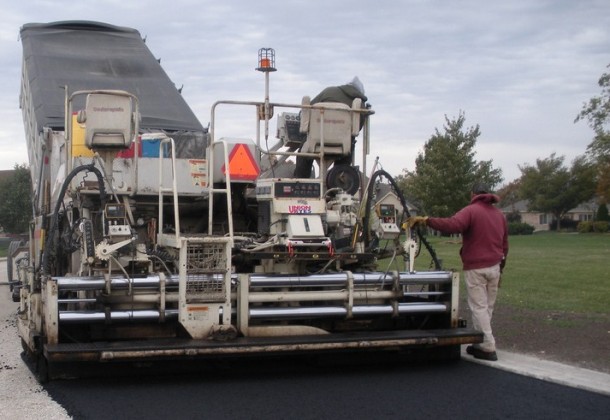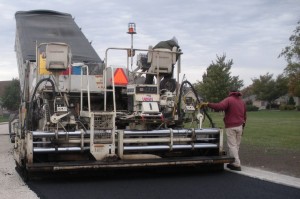Homegrown Geo Tech

Thirty years ago, Robert F. Taylor launched Bob Taylor Engineering. Today, it’s a premier materials testing and geotechnical services firm in Southern Maryland and is still headquartered in Lexington Park, Maryland.
The company grew from a sole proprietorship in 1981, incorporating in 1989 and today a Lexington Park business employing more than two-dozen field, testing and administrative professionals. In addition to field investigations Bob Taylor Engineering operates a federally certified laboratory to allow complete in-house testing and assessments for clients.
Technicians are certified by the American Concrete Institute (ACI), Maryland Department of the Environment (MDE) and Mid-Atlantic Region Technical Program (MARCP) and Cement and Concrete Reference Laboratory (CCRL) programs.
Geo-engineers’ business is to look underground, test and assess what they find and determine what the surface can hold. The services are paramount to environmental site assessments, engineering design of road and building loads and stability of construction.
BTE’s projects stretch from Bolling Air Force Base in Washington D.C. through Andrews Air Force Base in Prince George’s County across Charles and Calvert counties into Patuxent River. The projects include schools, roads, military test facilities, the Cove Point-LNG plant in Calvert County, medical facilities including St. Mary’s Hospital and a historic renovation site.
 Current projects include the recent paving of Great Mills Road in conjunction with ongoing streetscape projects.
Current projects include the recent paving of Great Mills Road in conjunction with ongoing streetscape projects.
Part of Taylor engineering’s job is to examine soil layers — called horizons — which can vary region to region around the world. The image to the left illustrates what they frequently see:
O) Organic matter, the litter layer of plants and leaves not decomposed.
A) Surface soil has the most organic matter and the least mineral matter (such as iron, clay, aluminum).
B) Subsoil is where the iron, clay and aluminum settles as well as organic compounds.
C) Parent rock ultimately rests beneath it all.
What this example lacks is a P layer, which BTE likely sees frequently here in Southern Maryland. The P horizon is typically waterlogged.
Bob Taylor Engineering on Facebook
























